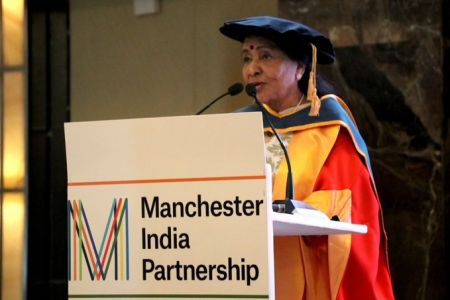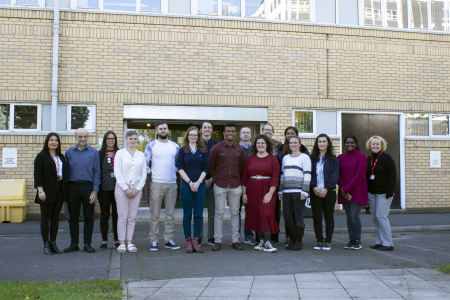"There is some debate about who created the world’s first electric car, but sometime between 1832 and 1839 Scotsman Robert Anderson is credited with producing the ‘Electric Carriage’. The world then had to wait until 1885 to see the first internal combustion-powered car courtesy of Karl Friedrich Benz. We are now looking back to the future as Electric Vehicles (EVs) once again take to our roads.
"Today, most automotive manufacturers are working hard to electrify their fleets and government is focused on hitting tough emission targets, improving mobility, and making our streets safe places to breath.
"The UK government has set a time-critical goal to reduce Greenhouse gas emissions and achieve a target of net-zero by 2050. Ground transport accounts for 27% of our emissions, so the need to move to EVs is a no-brainer, but which type of EV is most effective? For the typical consumer vehicle our research suggests that Battery EVs (BEVs) are emerging as the current option of choice.
"BEVs have an on-board battery, instead of a combustion engine, which powers an electric motor. However, BEVs, like plug-in hybrids, still need to be charged and therefore emissions from electricity generation and supply, which accounts for 24% of our Greenhouse gases, also need to be reduced.
"While the UK is making good progress in moving to low-carbon electricity generation, this needs to complement improved efficiencies in households. To support this drive, the University of Salford is working alongside major car manufacturers and energy providers to look at how EVs can form part of an integrated energy system known as Vehicle to Grid (V2G).
"The HAVEN (Home As a Virtual Energy Network) project tests how EVs combined with Smart Meters, flexible energy tariffs, and bi-directional EV charging, could feed electricity back into our homes during times of peak demand. This has the potential to reduce our domestic energy bills and relieve pressure on the grid infrastructure. A quarter of people in the UK live in terraced houses, so for homes with no off-road parking, the university is also applying research to a road-side solution for EV charging in collaboration with a specialist green engineering firm in Merseyside.
"EVs will help reduce particulate pollution on our streets, bringing benefits to public health and clean air strategies. When traditional vehicles use friction brakes, usually in urban areas, airborne particulates (brake dust) are produced. However, regenerative braking in EVs can greatly reduce the need to use friction brakes, reducing the production of brake dust while prolonging the life of brake pads.
"Unfortunately, EVs won’t solve the problem of traffic congestion. The need to move to more sustainable transport and mobility solutions will require an integrated approach including growth in public transport use and capacity and the introduction of new mobility technologies like Autonomous Vehicles (AVs).
"The University of Salford is working on multiple AV projects that focus on the challenges of real-world deployment. One area of interest is ‘First Mile/Last Mile’ which would see Connected & Autonomous Vehicles (CAVs) providing a link from door-to-door, or door-to-public transport-hub, while another project looks at how CAVs can travel in convoys to reduce both congestion and energy consumption.
"We can be sure that the future is definitely electric. In the UK current growth is still led by the early adopters, but I believe there will be a tipping point in the next six years when EVs will go mainstream. It is the biggest investment being made by all the major car manufacturers as the private sector’s approach to the green agenda increases in importance.
"Building on the legacy of Anderson’s electric carriage, I believe the UK now has the potential to be a world leader in the innovation, development and implementation of such green technologies. They have the potential to support the reduction of carbon emissions while providing added health and infrastructure benefits to our future smart-connected cities."






